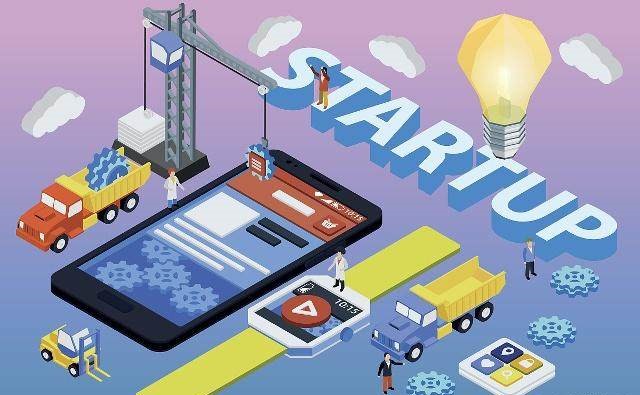
There is nothing wrong with the user. If the user is having trouble using an item, it is a design problem. – Norman “Psychology of Design”
Regardless of what type of product a user visits, it is a self-help behavior. What they can rely on is only their own wisdom and experience to face your product alone. Even information such as so-called documentation, novice guidance or help, etc. is information that requires the user’s initiative to obtain it.
Because it is not forced to accept your product, the “X” in the upper right corner of the browser is always waiting for them at any time. Therefore, the product must be on the look of thin ice and treat your users like God.
Take the website as an example. This era is over: companies just think of having a website as an outstanding achievement. Now, in order to gain market share, companies begin to really pay attention to the content and the user’s feelings. It is important that even the user’s experience directly affects the product’s investment-output ratio (ROI).
For example, in a shopping cart program, placing a product in a shopping cart means a purchaser’s wishes, but because the purchase process itself is too difficult, the payment method is too complicated, people may wonder or even suspect that the loss of users in this process will increase.
So the user’s feelings -> ROI -> the success or failure of web products.
The core of user experience: user-centered design
Just mentioned: Users are very smart, but also busy people, all of their time and work are very sacred things.
American science fiction master Isaac said: Machines can not hurt humans.
The same product can’t hurt the user. When the user experience is emphasized repeatedly and users are pursuing higher and higher levels today, the requirements of the products on the experience should rise from “no harm” (basic requirements) to “accommodate user needs” (pass) or even exceed the user’s expectations “let users ecstatic” (excellent).
The products that users fall in love with, are passionate about, and even willing to pay for are all catering to the third requirement.
Surveys show that people are only willing to pay for two types of things: necessities and love. The former satisfies the physiological needs of the user and the latter satisfies the user’s spiritual needs.
So the user-centered design idea is one sentence: In every step of developing a product, users must be considered.
The user-centered design has the biggest advantage: it can ensure that every process of the design is not decided by the brain. If there is no market data feedback, considering the user’s experience is the first element of the decision.
User Experience Elements
1) Interface
First, design the interface and then implement the interface design.
Accurately list the tasks, the purpose of the user, ensure availability, ease of use, and consistency of user flow operations. On this basis, enhance the beauty of the interface.
Interfaces and functions (relationship between the presentation layer and the business layer) through the process of continuous addition, subtraction, and addition, to achieve complexity to simplicity.
Simplicity is a complex result. To use our complexity in exchange for the user’s simplicity. We struggled with the ability to filter out the core of the product and avoid the user’s confusion with more choices.
2) Interaction
- The feedback of the operation. The user has done the corresponding operation, needs to have the feedback, this is the key that satisfies the user operation to be affirmed, is the “feeling of existence” which emphasises in the sociology theory.
- Uninterrupted user flow. The user does not want to be interrupted during the operation, and the continuous operation represents that the user has been continuously growing, achieving the pleasure and sense of accomplishment of the interaction.
- Continuously growing process. The sense of growth must continue and users need to continuously obtain this feeling in order to achieve continuous happiness.
3) Function
Different requirements levels are set for different levels of demand and different users.
According to the classification of the mental model of Marus, a simple summary of different needs:
A. Physiological needs
B. Meet the physiological needs of users, and meet some of the spiritual needs, to meet the needs of users.
C. Spiritual satisfaction brings spiritual satisfaction beyond the needs of users and leads the needs of users.
Based on the above classification, answer three questions at the business level:
- What can the user get
- What the user wants to do
- Why did the user choose us
Then locate in:
Non-differentiated functions; centralised demand functions; directed requirements.
At the same time, attention should be paid to the differences in individual needs and the commonality of collective needs.
Segmentation and implementation of each element
Follow the principle: user-centered design
User experience in the product
- User habits: The elements of interaction come from life. Do not attempt to challenge the user’s habits. The design comes from life.
- Unity: To maintain the unity of the entire style, to make users feel in the same product.
- Navigation design: Designed for scanning, always ensure that the user does not get lost. (crumbs principle)
- Numerical settings: Can not only feel the difference of each stage, but will not be fully satisfied soon
- Category settings: Same level, consistent, dynamic structure
- Data feedback: Listening to the user’s voice



